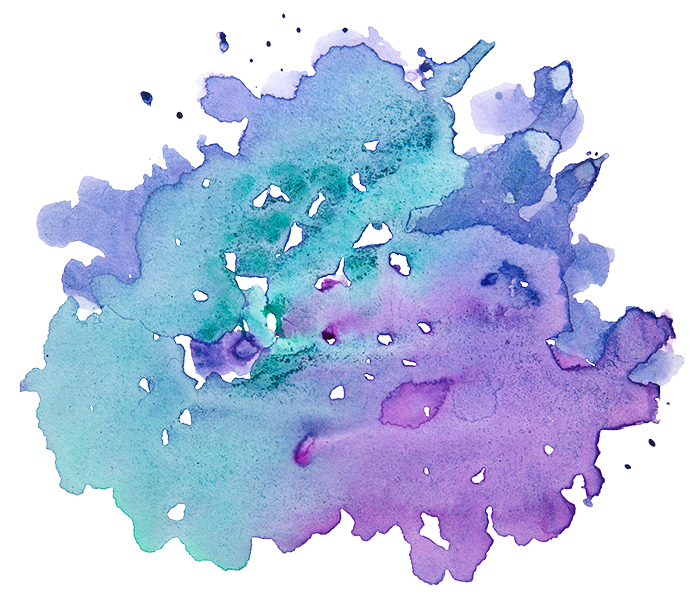Michelle shared the following with those of us who attended “Love, Loss and What I Didn’t Wear: A Red Tent Event” on December 7, 2010.
For most of my life, the ritual of immersion in a mikveh felt irrelevant to me in my personal practice of Judaism. That all changed when I was confronted by secondary infertility. After my first child Evan was born, I was diagnosed with Sheehan’s Syndrome, a medical condition that prevented me from conceiving a child naturally. I was no longer producing the hormones I needed to ovulate and consequently was not getting my monthly menstrual period. While this may sound wonderful to some, for me it was more complicated. Not only was I dealing with a daily concoction of synthetic hormones I had to inject into my body, and a lot of the other invasive treatments related to in-vitro fertilization, I had lost the natural rhythm of my body and had lost a connection to my femininity in an indescribable way. I was no longer to conceive a child on my own.
As some of you may know all too well, fertility treatments hinge on counting days before and after your menstrual cycle. Time is marked by injections, transfers, and treatments. Counting days turned into counting months and when I did have my period it was a painful reminder of my ongoing struggle with infertility. I wanted to mark the passage of time in a more positive way, separating the end of a failed cycle, with hope for a fresh new beginning and the potential for life to grow within me. I called Mayyim Hayyim and scheduled an immersion. When the woman on the phone asked why I was coming to the mikveh, I could hardly get the words out. I’m not sure I even knew at that time.
When I walked into Mayyim Hayyim the atmosphere was warm and welcoming, in stark contrast to the cold and sterile environment of the fertility clinic, which I never quite got accustomed to. Knowing this was my first immersion, my mikveh guide asked if I wanted to look over some reading materials – “kavanot” she called them – to help set my intentions and when I was ready she led me into a private room where I was able to prepare for my immersion.
Tears began to well up in my eyes. The fact that I was turning to ritual and prayer as my source of hope, instead of relying on western medicine was a big leap of faith and was scary for me. It felt more like an admission of failure and defeat over the modern technology I had hoped would miraculously save the day. I was faced with the reality that my ability to nurture the miracle of life within me was simply out of my control. Seeing my tears, the mikveh guide reassured me that tears were also water from God, just like the living water in the mikveh, and this was somehow reassuring to me.
I was left alone to shower and prepare before entering the water. Then I descended the stairs into the mikveh, recited the blessing, immersed three times, and heard the word “Kasher” when I came up for air. The ritual was complete.
Then, my guide asked me if I would like to immerse again. This was not something I was prepared for or supposed to do ritually; it was entirely up to me. In that final immersion I took more time. I said a personal prayer and asked for God’s blessing that this would be the month, the cycle, the time when life would be nurtured within me. I immersed and held myself in the fetal position, recalling the comparisons I’d often heard between the mikveh waters and God’s womb. How ironic for me.
At the time, my womb was not cooperating and I was angry. Yet, when I left the mikveh that day, I felt spiritually transformed. In asking for a spiritual blessing, without even knowing, I had subtly entered into a personal conversation and relationship with God for the first time. Over time, my anger shifted slowly to a sense of comfort and hope, then to patience, acceptance, inner strength and calm. I was surprised by my own spiritual awakening.
Despite my prayers, the mikveh, acupuncture, support groups, a trip to Canyon Ranch with my mom, and other mind, body and soul activities, many more months went by. I continued to immerse on a regular basis, but not to mark cycles and time. Instead, I went before egg retrievals and embryo transfers — for emotional support as I faced each new procedure. Even though the water rolled off my skin, the comfort and hope I felt in the mikveh remained within me.
Thankfully, my story has a very happy ending. I got to experience the joy and celebration of a “ninth-month” immersion before my twins, Scott and Emily, were born. I’ve been back to the mikveh several times since then; the last time was just before my fourth child, Alex, was born.
There is a midrash – a rabbinic story — that says it takes three to have a baby: a man, a woman, and God. This midrash rings so true for me. Each time I immersed in the mikveh hoping for new life, I deepened my faith and connection to God. The living waters became a source of blessing and while I’ll never know if Scott and Emily were a gift from God or a medical miracle – the mikveh played an incredibly powerful role for me during this difficult time. Lighting the candles tonight with my 4 children and kissing them each goodbye as I walked out the door this evening reminded me how lucky I am to have been kissed by the living waters of God and for that I am incredibly grateful.

